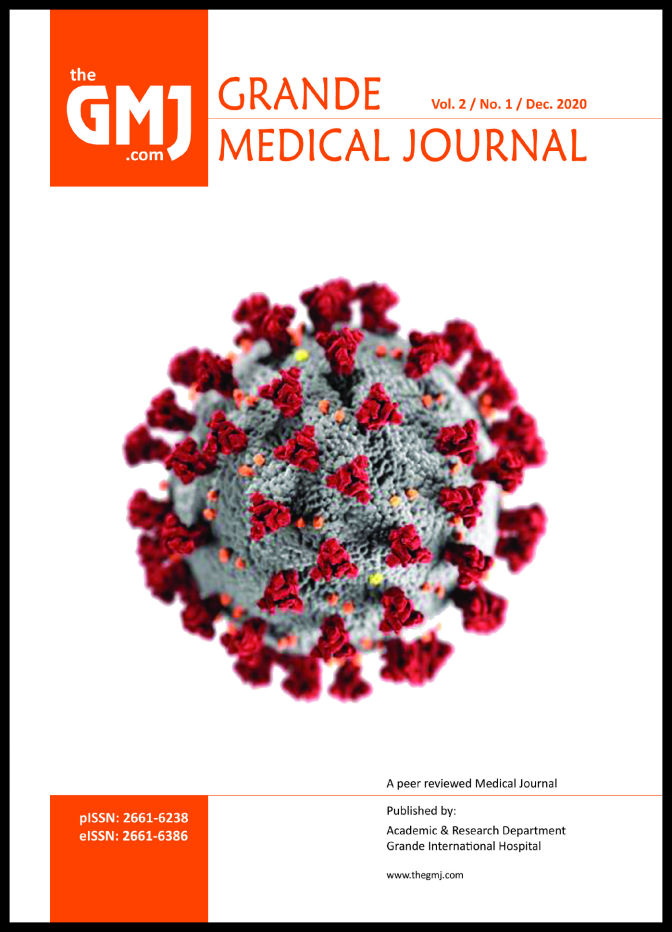A descriptive study of seasonal influenza cases in a single season in a tertiary center in Kathmandu
DOI:
https://doi.org/10.3126/gmj.v2i1.45702Keywords:
ARDS, influenza, Ischemic stroke, PCR, Scrub typhusAbstract
Introduction: This is a clinic-epidemiological study of the total cases of polymerase chain reaction (PCR) confirmed influenza cases. We aim to characterize the disease, its morbidities and mortality.
Materials and Methods: The details of all PCR confirmed influenza (H1N1) cases were obtained from the hospital records and descriptive statistical analysis tools were used to report the findings.
Results: A total of 35 cases were confirmed as influenza from January to March 2019. The most common presenting complaints were fever (91%), cough (85%) and shortness of breath (65%). The most frequent diagnosis made was pneumonia (88%). Septic shock was present in 29% while 14% had acute kidney injury (AKI). Oxygen therapy was required in 71% with 17% requiring mechanical ventilation and another 11% requiring non-invasive ventilation. Fourteen percent had developed severe acute respiratory distress syndrome (ARDS) requiring proning. A total of 77% patients were successfully discharged home, 8% were transferred to other centers on request for various reasons and 11% were withdrawn from all active treatment leading to death. One patient was taken home against advice whose outcome could not be traced. During treatment, two patients had developed ischemic stroke, two required haemodialysis for acute renal failure and other two had scrub typhus co-infection.
Conclusions: A total of 85% of the patient survived while the rest lost their lives. The most important factor recognized was the financial burden associated with the treatment. Diagnostic delays and limited supply of Oseltamivir might be the other barriers in the treatment of the disease.
Downloads
Downloads
Published
How to Cite
Issue
Section
License
Copyright (c) 2020 Grande Medical Journal

This work is licensed under a Creative Commons Attribution 4.0 International License.




